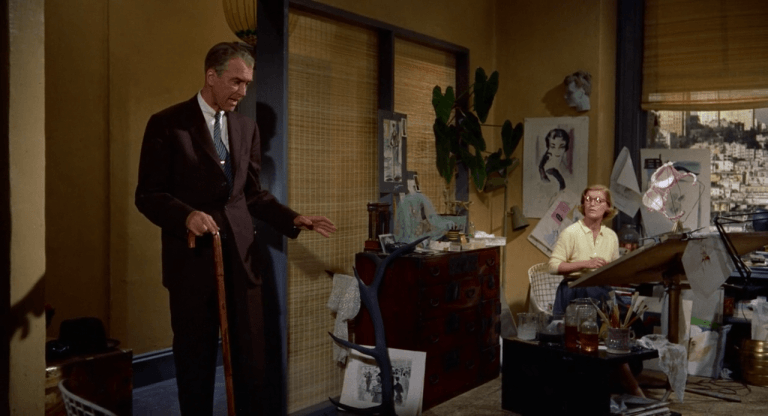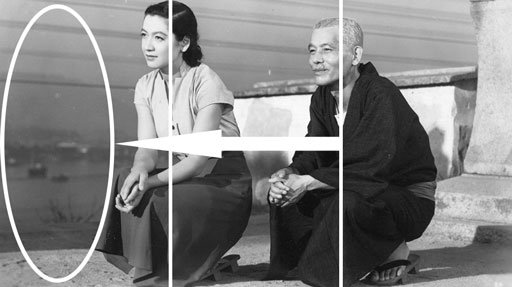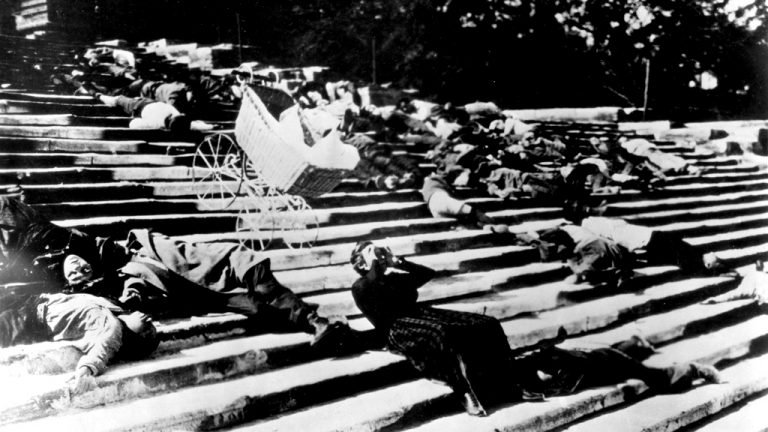before you go!
Before you go and grab your copy of Press Start, would you like your free White Paper on how to better engage your audience and other bonuses?
This site is protected by reCAPTCHA and the Google
Privacy Policy and
Terms of Service apply.



















One Response
thanks for the information